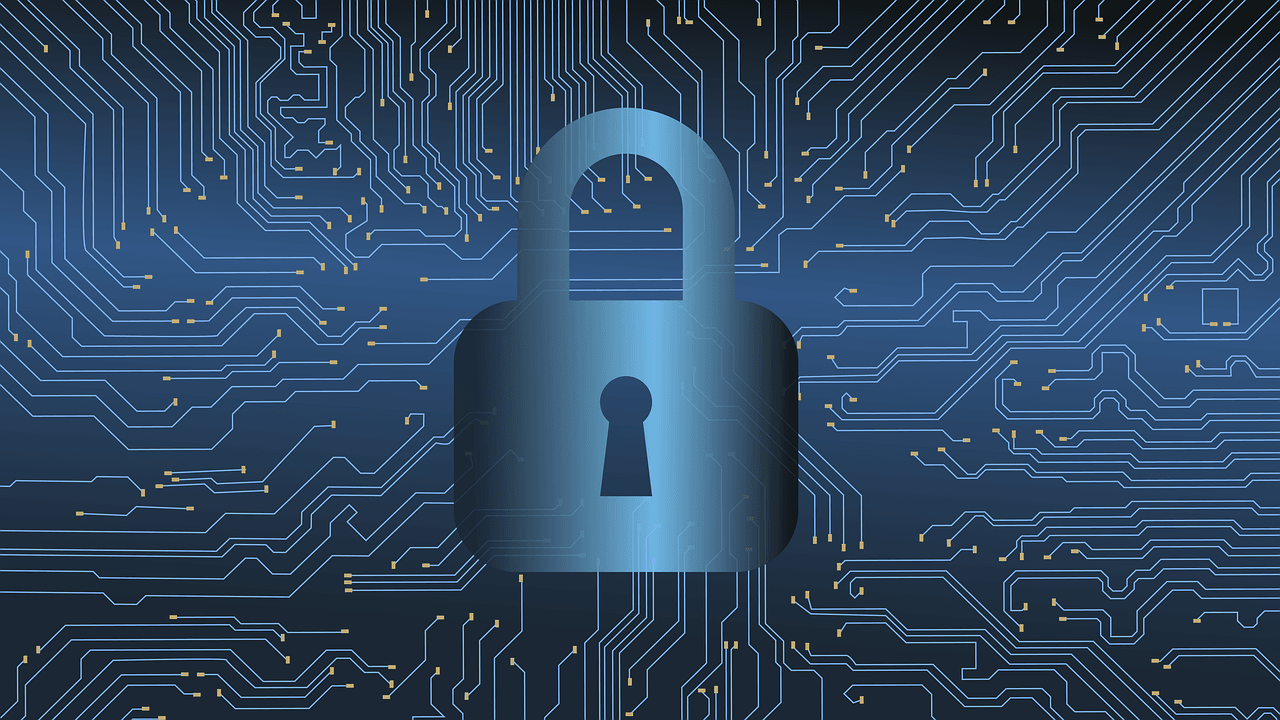As we enter December, below are a few expectations of what’s to come for the cybersecurity industry in 2022 from the Forcepoint team. They predict:
Q3 2021 hedge fund letters, conferences and more
- Cyberattacks: Now Part of the Military Arsenal - Cyberattacks will become a staple of military arsenals in 2022 and beyond
- Are we Ready for Mass-Market Malicious Updates? - A significant rise in criminal copycats delivering malware via software updates
- Security Recalculated: Understanding Risk means Understanding the Workforce - Organizations will turn to analytics to recalculate their understanding of cybersecurity risks and reshape their protection strategies
- The Rise of the Tractor Hackers and Smart City Attackers - As we incorporate technology into more critical infrastructure, including agriculture, we’ll see the emergence of new technologies as high-value targets for cybercriminals.
- The Curtain Rises on the Age of Protection - Existential threats like ransomware demand a fresh approach. In 2022, 100% prevention will become the standard as organizations fully embrace Zero Trust principles.
Cyberattacks: Now Part of the Military Arsenal
Eric Trexler, VP G2CI Sales
We should expect cyberattacks to become a staple of military arsenals in 2022 and beyond. Next year, more nation states will use digital vulnerabilities in smart cities, state and local governments to undertake cyberattacks which are part of national offensive strategies. Eric sums up the evolution of cyberwarfare and recent attacks which are becoming ever more disruptive as national, critical infrastructure relies more on digital technologies. Eric illustrates how ransomware is a highly effective tool within a nation’s cyber warfare arsenal, and debates whether cyberattacks will become regulated, perhaps via the creation of a ‘digital Geneva Convention.’
Are we Ready for Mass-Market Malicious Updates?
Stuart Taylor, Senior Director, X-Labs
In 2022, we expect a significant rise in criminal copycats delivering malware via software updates. The Sunburst incident shocked the industry. Using highly sophisticated malware hidden inside legitimate software updates, the attackers not only exfiltrated targeted data but also spread the malware across a huge spread of victims. When malware is successful, copycat attacks will follow. What happens when malicious updates hit the mass market? How do we protect ourselves?
Security Recalculated: Understanding Risk means Understanding the Workforce
Dr. Margaret Cunningham, Principal Research Scientist
In 2022, organizations will turn to analytics to recalculate their understanding of cybersecurity risks and to reshape their protection strategies. When we talk about business risk, it boils down to two fundamentals: do we understand one) what we are protecting, and two) the factors that impact our ability to protect. The last eighteen months has seen a gradual erosion of the ‘rules’ we had in place to manage workforce behaviors, and without an accurate understanding of this behavior, risks can easily be introduced. The “new rules” that govern technology and personnel requirements for the remote and hybrid workforce will drive how we protect our organizations from both internal and external threats.
The Rise of the Tractor Hackers and Smart City Attackers
Audra Simons, Senior Director, Product Management (G2CI)
As we incorporate technology into more critical infrastructure, including agriculture, we’ll see the emergence of new technologies as high-value targets for cybercriminals. As the agricultural industry embraces digital transformation, new attack surfaces are formed. With remote controlled tractors and automatic watering devices or livestock feeders, the potential for disruption is sobering. Combine this with growth in smart cities built on IoT, and steps must be taken now to protect our streets and crops. It begs the question: are essential services like electricity, food and water becoming too smart for their own good?
The Curtain Rises on the Age of Protection
Petko Stoyanov, CTO
Existential threats like ransomware demand a fresh approach. In 2022, 100% prevention will become the standard as organizations fully embrace Zero Trust principles. Ransomware is the sleeper agent of cybersecurity, and despite the billions invested in combating this malware, detection is not the answer. Zero Trust goes some way to managing the threat, but it must evolve towards the 100% protection of critical data, and that means 100% prevention. We need unconventional approaches to defend our economies, critical infrastructure and way of life.






